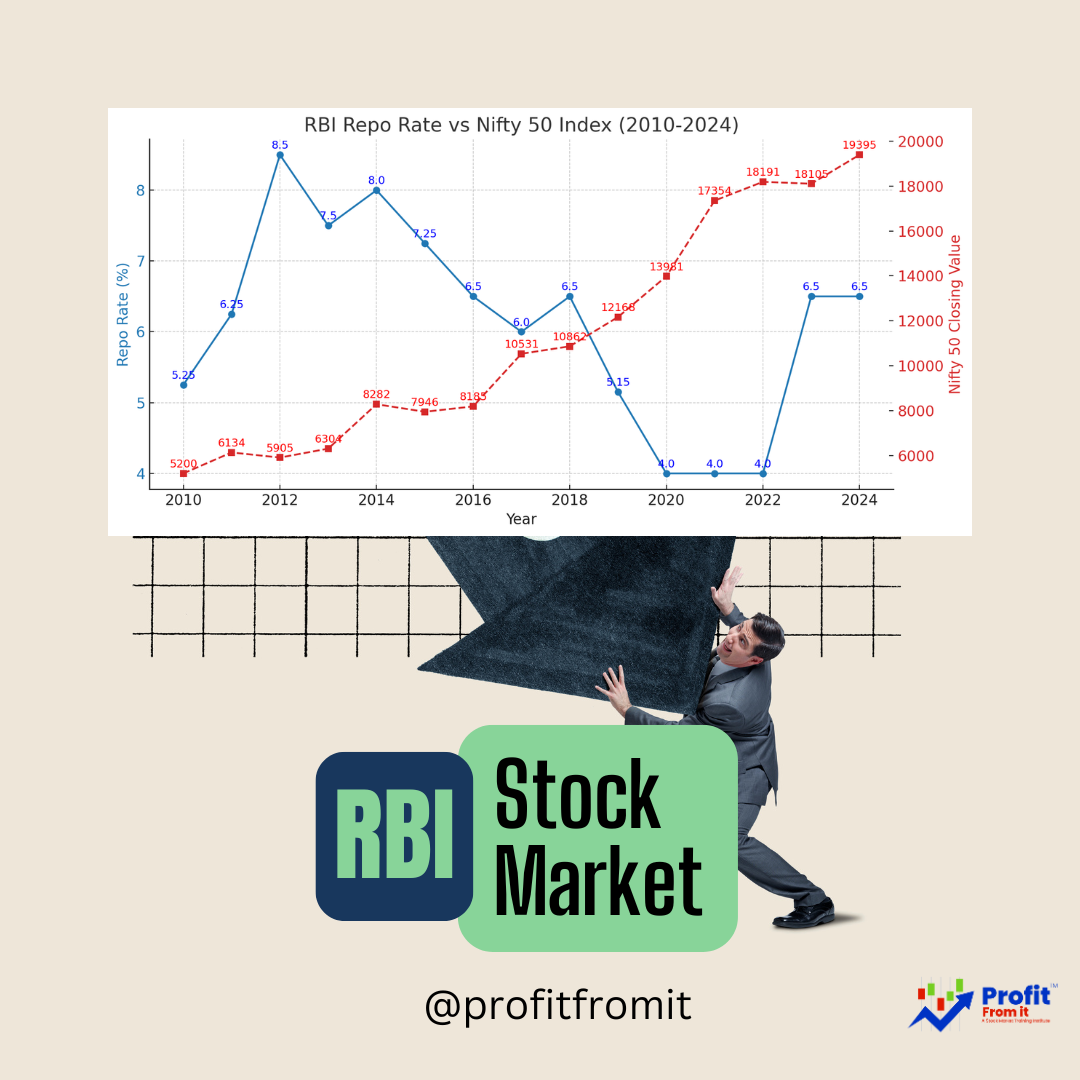 vs. Nifty Returns Comparison (1).png)
India's Front Runner Fund (IFRF): A Performance Deep Dive (as of June 30, 2025)
As an investor, understanding fund performance is key to making informed decisions. Let's break down the latest snapshot for India's Front Runner Fund (IFRF) against the Nifty, offering insights for various investment horizons.
IFRF vs. Nifty: Performance at a Glance
Here's how IFRF has stacked up against the Nifty across different periods:
Legend: 🟢 = IFRF > Nifty | 🔴 = IFRF < Nifty | ▲/▼ = Magnitude vs. Nifty
Key Investor Takeaways & Strategic Actions
Let's dissect what these numbers mean for your investment strategy:
1. Immediate Momentum: Short-Term Edge (1 Month & 3 Months)
Analysis: IFRF has shown strong short-term outperformance. This suggests that the fund's active stock selection and nimble sector shifts have been effective in capturing recent market trends and generating superior returns over the last quarter.
Action for Investors: For those looking to capitalize on current momentum, consider a tactical boost to your IFRF allocation when momentum indicators for the broader market turn bullish. This aligns with a more active approach to portfolio management.
2. Caution Zone: Mid-Term Lag (6 Months & 1 Year)
Analysis: Over the mid-term, IFRF has underperformed the Nifty. The report indicates this period saw a broad large-cap correction, which affected IFRF's multi-cap holdings differently. This could mean some of IFRF's mid-cap or cyclical exposures might have faced headwinds compared to the more stable large-cap Nifty constituents.
Action for Investors: It's crucial to review IFRF’s sector weights and ensure its mid-cap and cyclical exposures align with your personal risk profile and market outlook. This is a good time to reassess if the fund's current composition fits your overall investment strategy for the coming quarters.
3. Long-Term Alpha: Consistent Outperformance (2 Years & Since Inception)
Analysis: This is where IFRF truly shines. Over multi-year horizons (2 years and since inception), IFRF has consistently delivered excess returns (alpha), significantly outperforming the Nifty. This points to the fund's robust fundamental analysis and long-term investment philosophy.
Action for Investors: For investors with a time horizon of two years or more, maintaining or even increasing your IFRF allocation appears to be a sound strategy for potential long-term outperformance and wealth creation.
What Powers IFRF’s Outperformance?
The consistent long-term results of IFRF are driven by a disciplined investment approach:
Rigorous Fundamental Analysis: The fund focuses on identifying companies with durable growth drivers, indicating a strong emphasis on intrinsic value.
Dynamic Sector Rotation: This allows the fund to capture cyclical up-swings in various industries and proactively trim underperformers, adapting to changing economic landscapes.
Robust Risk Controls: Through careful position sizing, the fund aims to protect capital, which is crucial for managing volatility and preserving gains.
How to Apply This Analysis in Your Portfolio
As a trainer in wealth-building strategies, I always emphasize practical application. Here’s how you can integrate these insights into your investment decisions:
Balanced Portfolio Approach: Consider blending a fund like Nifty (or a Nifty ETF) for stability and broad market exposure with IFRF for its alpha-seeking potential. This creates a diversified portfolio that aims for both steady returns and aggressive growth.
Tactical Shifts: Continuously monitor the relative strength between IFRF and the Nifty. You can strategically scale your IFRF allocation up or down based on short-term signals and your confidence in the fund's immediate momentum.
Regular Reviews: No fund performs optimally all the time. If IFRF lags over multiple consecutive quarters, it’s wise to reassess the fund’s fit within your overall investment strategy and compare it with other opportunities.
Conclusion: Fine-Tuning Your Equity Allocation
As of June 30, 2025, India’s Front Runner Fund demonstrates a clear long-term edge, consistently delivering alpha over multi-year periods. While the Nifty has led in specific mid-term periods, IFRF's fundamental strengths and dynamic approach make it a compelling option for investors focused on long-term wealth creation.
Use these insights, highlighted by the green 🟢 for outperformance and red 🔴 for underperformance, to fine-tune your equity allocation for both stability and growth, aligning with your individual investment goals and risk appetite.



 for Investors The provided chart outlines key metrics for Nifty 500 companies across different periods (FY22 t.png)





